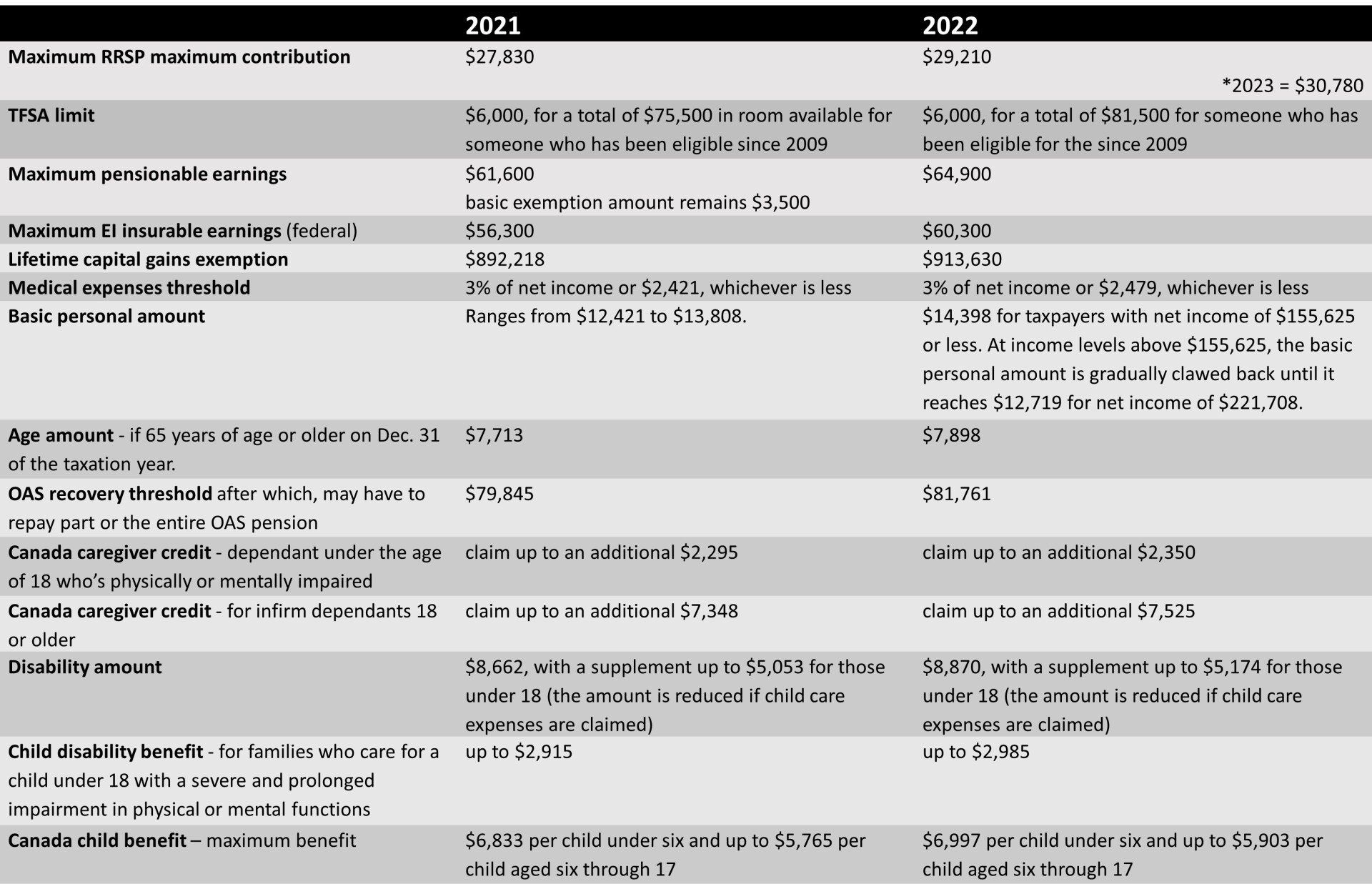On December 14, 2021, the 2021 federal fall economic statement was presented. No changes were announced to personal or corporate income tax rates, but the economic statement did announce the following measures:
- Introduce a 25% refundable tax credit for small businesses that incur expenses for air quality improvements in qualifying locations between September 1, 2021 and December 31, 2022
- Enhance the home office expense deduction
- Enhance the eligible educator school supply tax credit for teachers
Small Businesses Air Quality Improvement Tax Credit (“SMAQITC”)
To encourage small businesses to invest in better ventilation and air filtration to improve indoor air quality, the Government proposes to introduce a temporary SMAQITC. The tax credit would be available to eligible entities in respect of qualifying expenditures attributable to air quality improvements in qualifying locations incurred between September 1, 2021 and December 31, 2022.
The tax credit would be refundable and have a credit rate of 25% that would apply to an eligible entity’s qualification expenditures. An eligible entity would be limited to a maximum of $10,000 in qualifying expenditures per qualifying location and a maximum of $50,000 across all qualifying locations. The limits on qualifying expenditures would need to be shared among affiliated businesses.
Qualifying expenditures would include expenses directly attributable to the purchase, installation, upgrade, or conversion of mechanical heating, ventilation and air conditioning (HVAC) systems, as well as the purchase of devices designed to filter air using high efficiency particulate air (HEPA) filters, the primary purpose of which is to increase outdoor air intake or to improve air cleaning or air filtration.
Qualifying locations would include properties used by an eligible entity primarily in the course of its ordinary commercial activities in Canada (including rental activities), excluding self-contained domestic establishments (i.e., a place of residence in which a person generally sleeps or eats).
Home Office Expenses
To continue to support Canadians working from home due to the pandemic, the government will extend the simplified rules for deducting home office expenses and increase the temporary flat rate to $500 annually. These rules will apply to the 2021 and 2022 tax years. For details on the simplified rules introduced in 2020, see our previous article which will be updated as the legislation becomes available.
Enhanced Support for Teachers
The government proposes to expand and enrich the Eligible Educator School Supply Tax Credit to allow teachers and early childhood educators to claim a refundable tax credit worth 25 per cent (up from 15 per cent) of up to $1,000, and to ensure that purchased supplies may be eligible no matter where they are used.
The government also proposes to expand the list of eligible teaching supplies to include electronic devices such as graphing calculators, digital timers, and tools for remote learning. These enhancements would take effect starting with the 2021 tax year.
What We Didn’t See in the Economic Statement
Immediate Expensing Measure from the 2021 Federal Budget
As noted in our July 23, 2021 tax alert, the 2021 federal budget announced immediate expensing of many capital asset purchases with an effective date of April 19, 2021. There is still no draft legislation for this measure and no update was provided in the economic statement.
Given the government’s delay with introducing draft legislation for this measure, our recommendation is to assume this measure won’t be enacted in making capital asset purchase decisions until such time that we see draft legislation being introduced. If draft legislation is introduced and the effective date is retroactive, we will amend the prior tax returns to file a claim for immediate expensing at such time.
Proposed Amendments to Bill C-208 – Tax Changes for Intergeneration Share Transfers
As noted in our July 29, 2021 tax alert, amendments to Bill C-208 are expected to be released soon. Any amendments to Bill C-208 will apply as of the later of November 1, 2021 and the date of publication of the final draft legislation. As we have yet to receive draft legislation, Bill C-208 and its more flexible conditions is still law. No draft legislation or update was provided with the economic statement.
We will continue to monitor these and provide relevant updates to clients via email and social media.
Back to Top























































